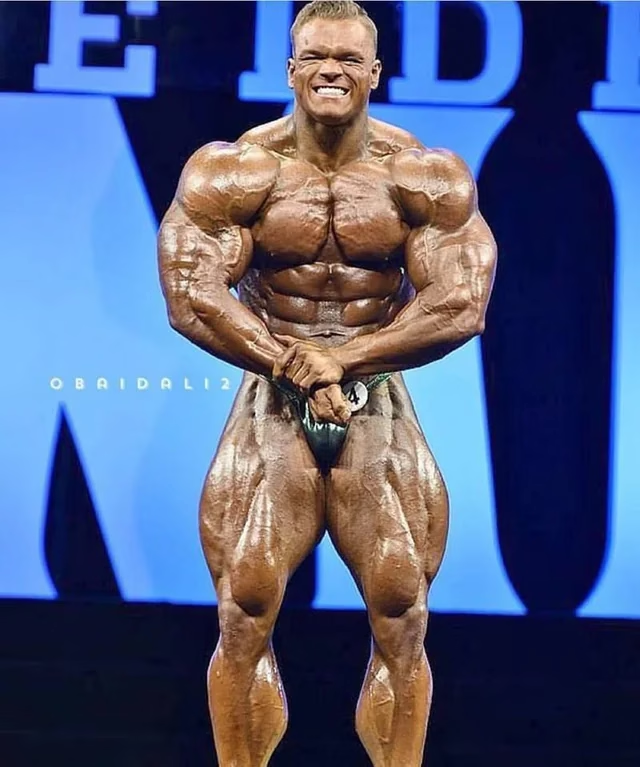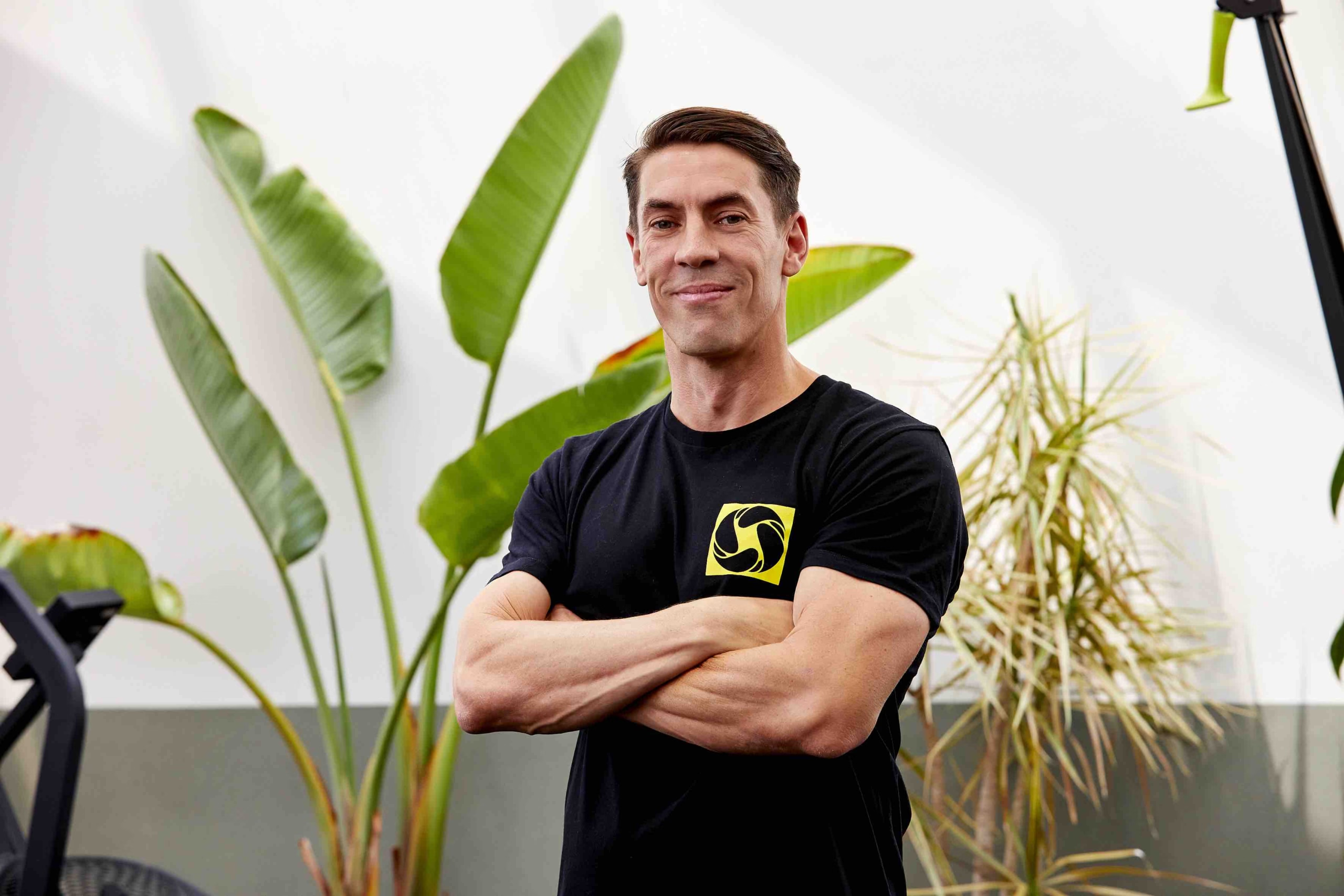I think he did. Lots of them, everyday. It’s my theory because there’s this curious practice in Buddhism today where the practitioner moves their clasped hands from head to neck to heart, then kneels before laying flat on their stomach, hands extended in front. Then they reverse this move to a standing position before repeating. It’s not uncommon for Buddhists do 30 “sets” of 30 “reps” during the course of a day’s worship. Called a prostration, it looks all the world like a slow burpee. It’s not, of course. It’s a devotional gesture used to show reverence and is believed to invoke veneration, purity and negate conceit.
I did a few days of these prostrations once on a Buddhist Retreat, and while I wasn’t enlightened, a strange calm descended upon me; a calm I’ve only felt with experiences like intense multi-day fitness events, long treks or killer workouts.
The process got me thinking about exercise, fitness and how they tie into spirituality. The East seems to connect all three together and increasingly this approach is creeping into Western training regimes. Most Eastern martial arts incorporate some element of deference to a higher purpose and devout humility. Bruce Lee’s quasi-spiritual quotes and memes pepper the interwebs. Mindfulness and meditation are the new tools in high-end sports coaching. At its most pure, yoga, the go-to cross-training regime for countless athletes, is a meditative practice grounded in spirituality. On the dietary front, fasting, now a proven weight-loss regime, features heavily in Buddhism. In fact, the Buddha is reputed to have said, “I do not eat a meal in the evening. Not eating a meal in the evening I, monks, am aware of good health…” Buddha, it appears, was on the now famous 5:2 Intermittent Fasting diet way before it became a bestseller.
To get a better handle on the whole concept I travelled to a resort on Koh Samui that I’d heard that employed a fitness program combined with spiritual guidance, the first I’d head of such a thing.Koh Samui is a touristy tropical island off the coast of Thailand. Forty minutes from the airport, past gun ranges, countless girlie bars and moped hire shops, sits Kamalaya. At first blush, it looks like any upmarket Asian resort. It’s leafy and luxurious and backs on to a beach so idyllic if a unicorn trotted out of the jungle surrounded by golden butterflies, you wouldn’t be surprised.
Kamalaya bills itself as a wellness resort offering detox programs, weight loss and yoga retreats to the well-heeled of the world. It won “Worldwide Health & Wellness Destination of the Year” recently at the World Spa & Wellness Awards. No small feat.But recently it began offering a comprehensive fitness program with everything from Thai boxing and HIIT to yoga and bespoke strength training. The program is combined this with twice daily Thai massages and a delicious, super-clean menu and a few long chats with a Hindu monk about, well, life’s purpose, fitness, personal goals: really, anything you want talk about. Indeed, its founder, John Stewart, lived in an Ashram in Nepal for many years studying under a bona fide guru.
I’d booked into the Optimal Fitness program, so firstly I was weighed, checked, measured and quizzed before beginning my first session with a little Thai guy who called himself Frank, for ease of us Westerners, presumably.Anyway, Kamalaya has a gym complex that’d give any fitness nut a boner. But no, Frank didn’t need any of that shiny new equipment. Just a 10kg dumbbell, and a Swiss ball. Sixty minutes later, Frank beamed that delighted Thai smile, while I’m in a puddle of sweat on the matt gasping for gas like a freshly landed fish.
An hour-long massage followed, then a delicious, clean lunch. The afternoon was a repeat of the morning. The next day, same-same, but different.It was the end of the second day I met with my spiritual mentor. Raj was called the Blackberry Monk because before he studied Hinduism for 14 years he was a very successful chartered accountant in charge or several large businesses.
Raj sat cross-legged and stared into my soul. I asked why most people in the West couldn’t achieve their fitness goals. He paused, considering it for a very long time.“For exercise to beneficial and successful long-term, the body, mind and spirit must be connected to the exercise. The body is simply the machine, the mind is being present to goals and needs, and the spirit is awareness. Spirituality is attention. Through attention comes a space of happiness. If you are happy, you will not quit. Most people in the West can’t connect all three.
“First, they neglect the spirit. Then they lose the mind and finally, they are just a body performing a repetitive, boring task. So they quit.” Raj continued for an hour along these lines.
I nodded, said, “Yes, I see” a lot and pretended I understood what he was talking about. It rattled around my head the next day during yoga, laps in the pool, and finally during a 90-minute massage. But it didn’t click. Surely sticking to a fitness regime was simply a matter of self-discipline. What did spirituality have to do with it?
I thought I’d flick the question John Stewart, the founder of the Kamalaya. John was a Western Monk who, reversing Raj’s life course, started as a hippie monk in the Seventies then became a successful businessmen and is now world-renowned art dealer.
He wrote back in an email: “The modern Western approach to physical fitness did not emerge from holistic understanding. In fact, coming from modern science, it has, like medicine, been separated into specialties not necessarily connected to each other. Our bodies and minds have been divided into individual unconnected parts… Eastern philosophical traditions see all life as an integrated whole, where exercise is a part of the path to wisdom, personal growth and transformation.”
Transformation. Personal growth. I, like many of you I suspect, have got this in spades from a lifelong pursuit of exercise. I was still confused. The days followed a pattern that can only be called bliss for anyone into training. Workout, eat clean, massage, repeat. Sleep.
The week-long program was well varied and interesting, the PTs were knowledgeable and inspiring and the property itself was and instagram junkie’s wet dream. But Raj’s words were a riddle that haunted me.
Jut before I was meet Raj again, I did some kickboxing, a cherished pastime of mine. My instructor, all 65kg of him, could have disassembled my 100 kg frame easily, but like all the instructors at Kamalaya, his approach was fun and friendly. I worked my heart out on my kicks and sparring, finally delivering some heavy, crushing coordinated blows to the bag. Chuffed, I began laughing with pure joy. So did he. It was genuine fun, time slipped away and the idea of quitting never crossed my mind. When he called time, I had burnt over 800 Calories and my EPOC was through the roof. I wanted to do it again, but had to meet Raj.
I sat with Raj and confessed that I didn’t understand what he meant about spirituality and fitness. He asked: “When do you love training?” I reflected upon my kickboxing session: “When I’m right into it.”
“That is awareness. When your mind is in the present, in the now, and not wishing it was over.”
He looked at me: “And why do you train?”
“To keep my weight under control and I want to live to an old age.”
“Both very good goals.”
Silence.
“And I guess, I want to be an example to my twin boys and teenage girl. I want them to understand health and fitness…”
Raj sat back with a there-you-go flourish of his hands.
Have you ever had an “ah-ha” moment? One of those times you want to laugh out loud because you suddenly get it?
I did then. It wasn’t that complex. Thinking back, when had I enjoyed training the most, and been the most successful? When I had a goal and when I was doing it for someone else: to help an overweight mate/client lose some lard, or when I’d trained with someone for a race; when I’d raised cash for a charity run or simply because I wanted my kids to be proud of their dad.
If fitness has a higher purpose that’s important to you, then you’ll never quit. It might be for your kids, your mates, the less fortunate or your for you country, but if you’re training for something greater than yourself, you’ll never train harder.
Back in Australia, I reread an email from John: “In the East, there is an understanding that we human beings are a part of something much larger than ourselves…”
It made sense.




